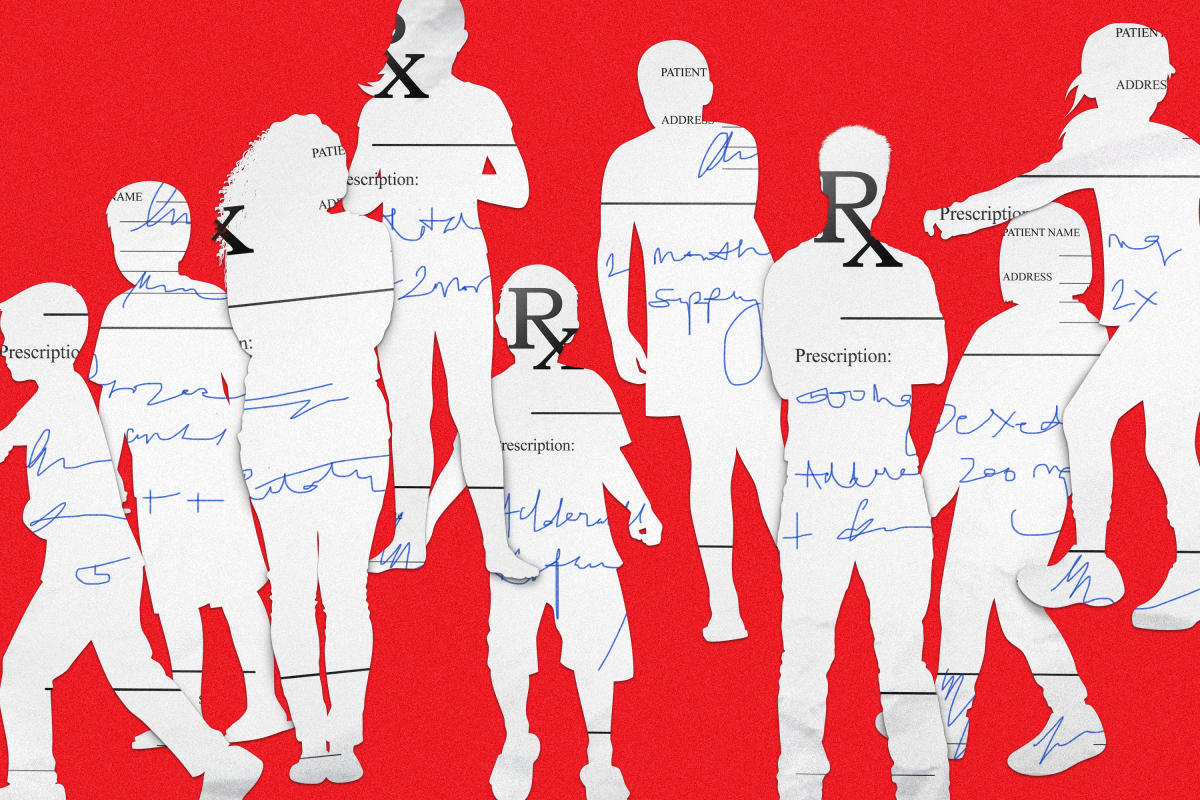A recent study highlights a known medical anomaly within the U.S. child welfare system.
What the study says
According to a research letter published in August, children in the U.S. child welfare system, which includes youth receiving adoption assistance, foster care or guardianship , are more likely than other children on Medicaid to receive psychotropic medications (i.e., medication intended to improve behavior or guardianship). mood disorders such as anxiety, depression or bipolar disorder) without also benefiting from psychotherapy or behavioral intervention.
Main findings
The study, which was conducted from July 7 to September 29, 2022, used 2019 data from a national database that included all Medicaid Children’s Health Insurance Program (CHIP) beneficiaries ages 3 to 17 years old who were registered for at least six consecutive months. This year.
It found that 26.25% of children and adolescents in the child protection system had a prescription for psychotropic medications and 13.27% had two or more prescriptions for psychotropic medications, compared to 9.06% and 3.11%, respectively, of other youth enrolled in Medicaid.
Stimulants (which are used to treat disorders such as attention deficit hyperactivity disorder) were the most common medications in the child protection group (15.95%), followed by antidepressants (9. 88%) and antipsychotics (7.87%).
In addition, 42.85% of children and adolescents in the care of child protection had a diagnosed mental health problem, with trauma or a stress-related disorder (22.93%), a deficit disorder attention/hyperactivity (21.49%) and a behavioral or conduct disorder (11.67%). being the most common diagnosis.
What the experts think
Dr. Louis Kraus, division director of child and adolescent psychiatry at Rush University Medical Center in Chicago, who was not involved in the study, told Yahoo Life that he was not at all surprised by the findings. study results.
Children in foster care are at higher risk of developmental and psychiatric disorders, [and] as a result, they are more likely than the general population to take psychotropic medications, says Kraus. And because of the foster care process, multiple foster care placements, inconsistency with medical monitoring, and difficulty finding child psychiatrists, these children will be at higher risk of taking multiple medications .
Dr. Rachael J. Keefe, a pediatrician on the executive committee of the American Academy of Pediatrics Council on Foster Care, Adoption and Kinship Care, who was not involved in the study, says that she wasn’t surprised either. His own research in 2021 on the use of psychotropic medications among children in foster care in Southeast Texas corroborated the findings of this study and revealed alarming statistics.
Across six medication classes, the prevalence of psychotropic medication use was 2 to 27 times higher among foster children than among non-fostered children covered by Medicaid, and these differences persisted across all age groups. age, she tells Yahoo Life about her research. The overprescription of psychotropic medications to children in foster care is a daily concern in my clinical practice, but it becomes even more poignant when seen on paper.
Why is this important
Keefe points out that while it’s common for children in foster care to take two or more psychotropic medications, there is little data on their safety and effectiveness. Prescription tracking guidelines and rules for monitoring children in foster care are also not uniform across states and are often not well monitored.
Kraus says this recent study highlights the importance of youth in the child welfare system seeing a specialist when needed. Often, Kraus says, children in foster care are treated by multiple primary care physicians and physicians rather than a child psychiatrist, which can lead to multiple diagnoses and prescriptions.
If you have a problem with your eyes, you probably won’t have it checked out by your pediatrician; you go see an ophthalmologist,” he says. “It should be no different when a child is struggling; They should go see a child psychiatrist.
After being prescribed medication, many youth in foster care may not have a follow-up appointment for months, but Kraus says regular visits are crucial to ensure the treatment is working. He adds that while medications can play an important role, they should not be an automatic solution and cannot replace other psychiatric services.
If a child has behavioral problems, is another medication the best answer? Or is it worth trying to find a program to help them get additional services through their school system, he asks. Psychotropic medications are very important for children who need them, but they need to be carefully monitored and monitored. If you start taking a medication and it doesn’t help, you stop it. You don’t add another one.
#children #U.S #child #welfare #system #prescribed #psychotropic #medications #study #finds
Image Source : www.yahoo.com

